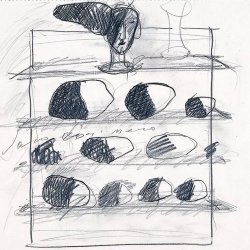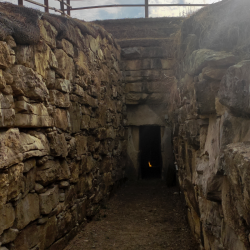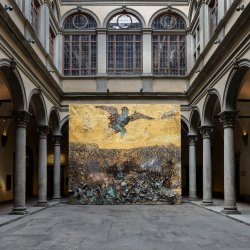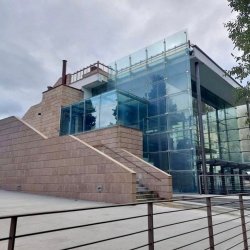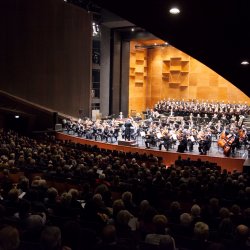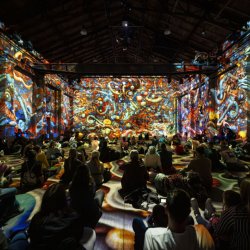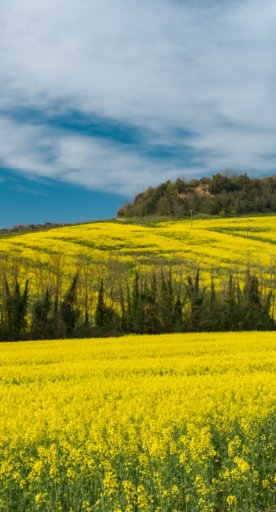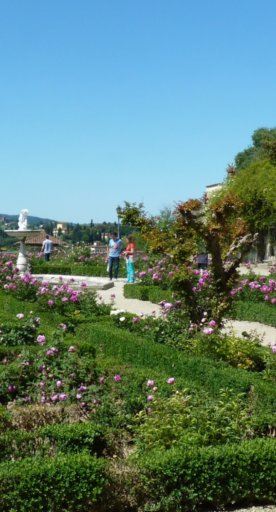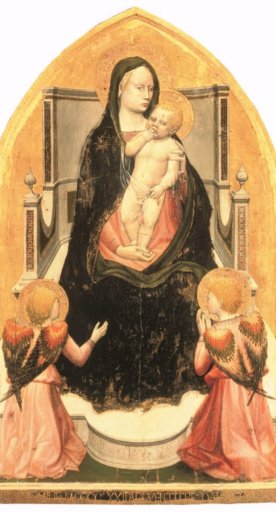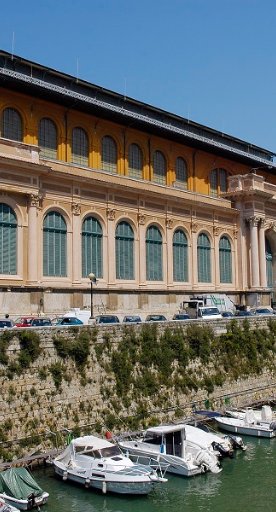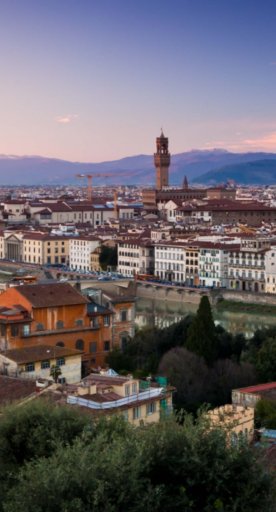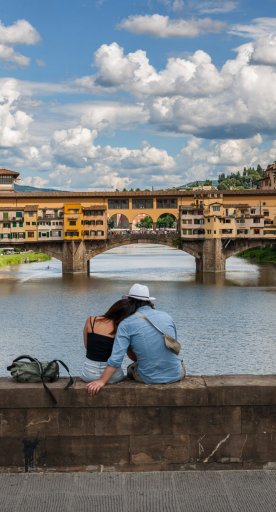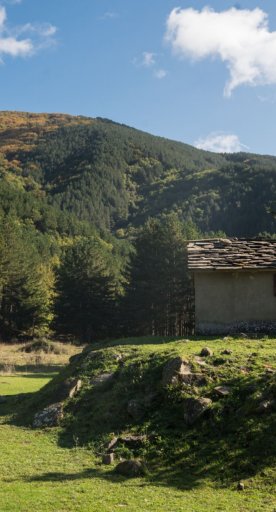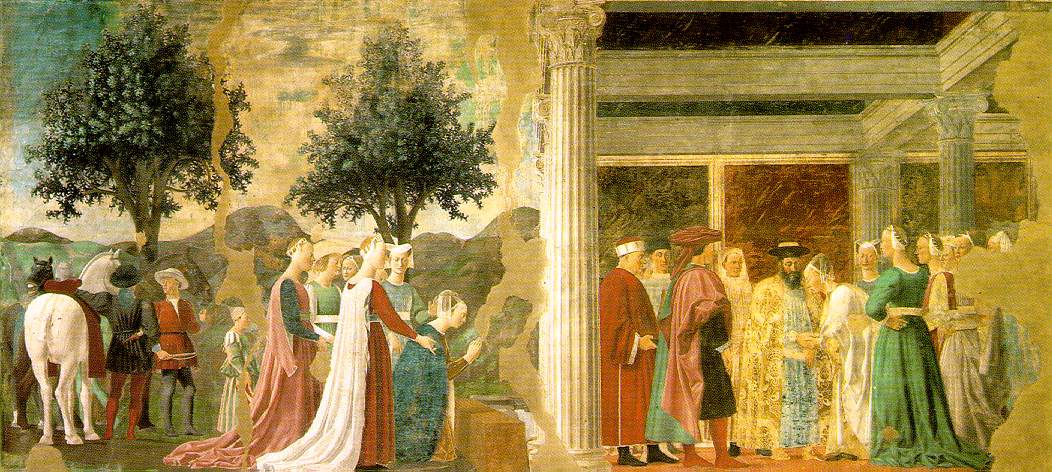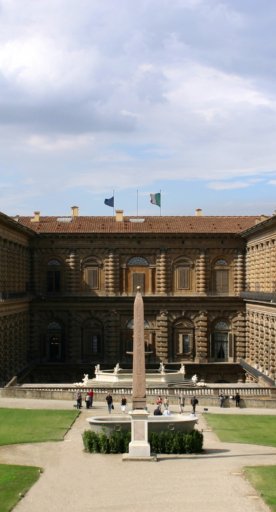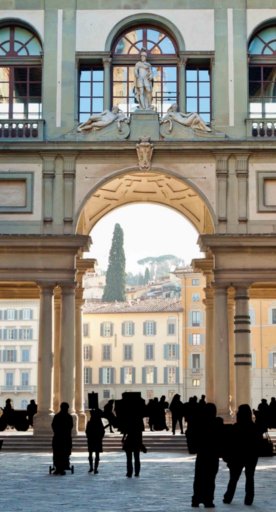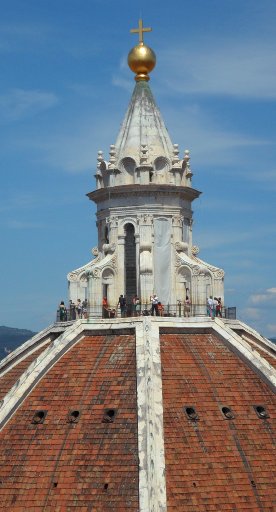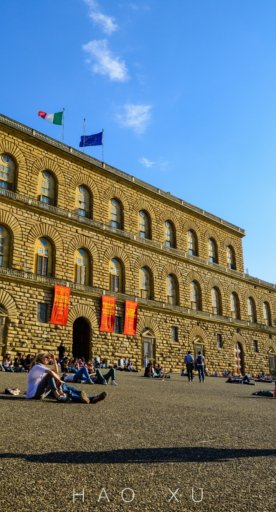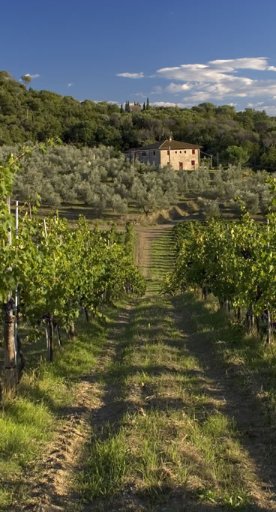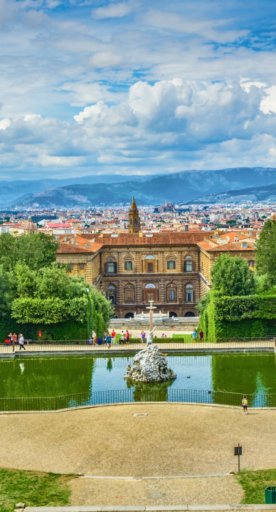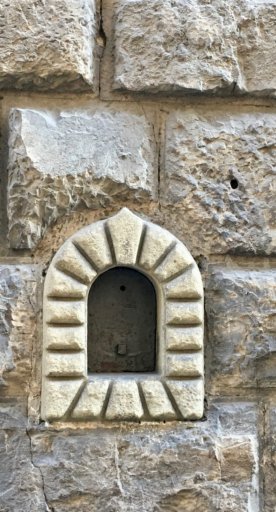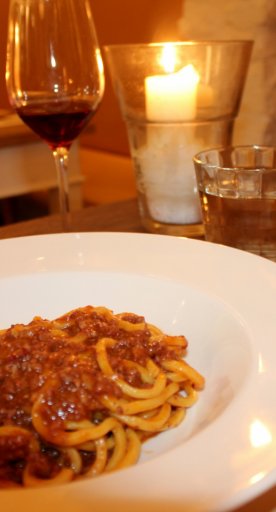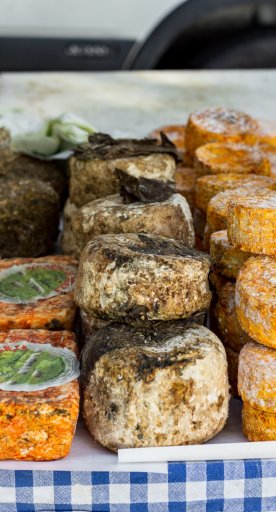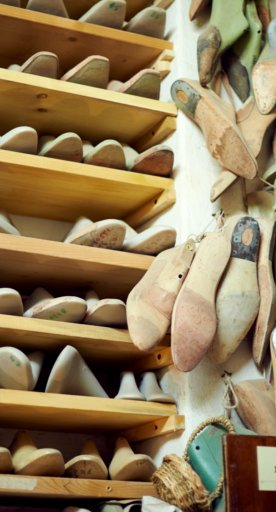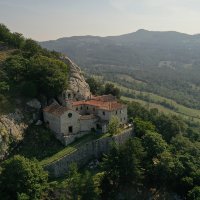
10 masterpieces at the Uffizi Gallery in Florence
The art pieces not to be missed in one of the most important museums in the world
Located in a palace built by Giorgio Vasari in 1560, on the orders of Cosimo I de’ Medici, the museum is home to masterpieces of the Italian Renaissance, next to works by German, Flemish, Dutch and French masters. The rooms contain paintings that belong to the XVI-XIX centuries and the largest part of the collection are works from the Italian Renaissance period, mainly paintings.
A thorough visit of the Uffizi would require a full day, but for to help those with less time, here are 10 unmissable artworks.
-
1.Nascita di Venere, Sandro Botticelli
-
2.Annunciazione, Leonardo Da Vinci
-
3.Tondo Doni, Michelangelo Buonarroti
-
4.Medusa, Caravaggio
-
5.Duchi di Urbino Federico da Montefeltro e Battista Sforza, Piero della Francesca
-
6.Madonna del Cardellino, Raffaello Sanzio
-
7.Venere di Urbino, Tiziano
-
8.Maestà di Ognissanti, Giotto
-
9.Angelo Musicante, Rosso Fiorentino
-
10.Giuditta che decapita Oloferne, Artemisia Gentileschi
Nascita di Venere, Sandro Botticelli
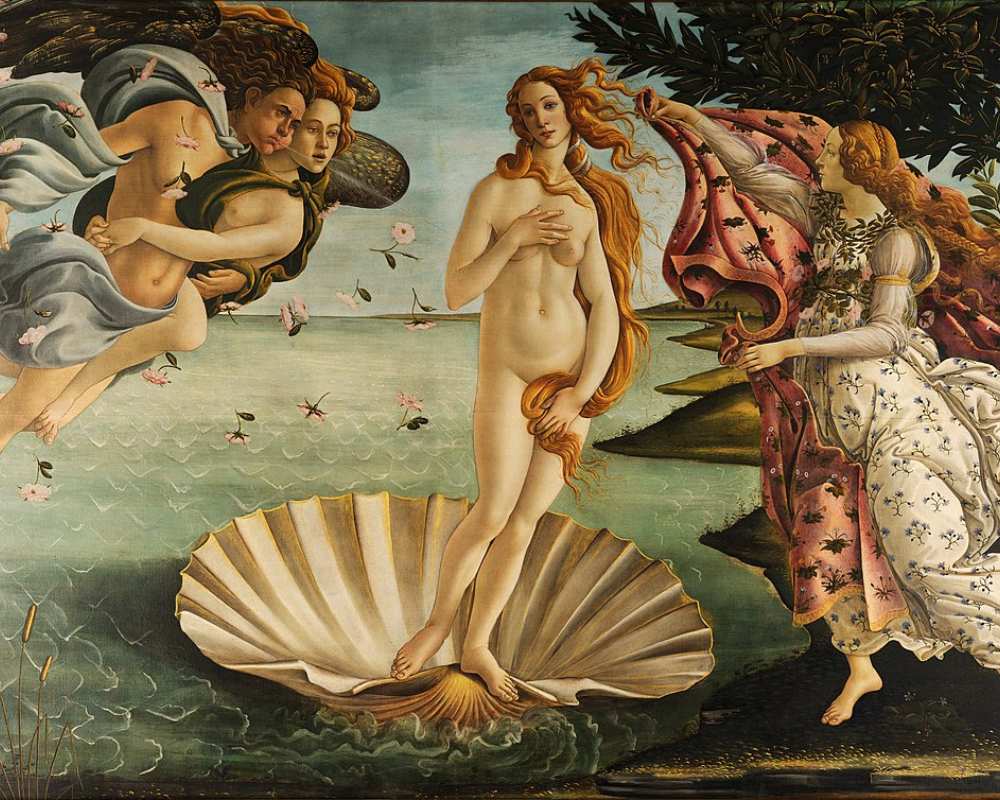
Let the alluring beauty of the Nascita di Venere (Birth of Venus) overwhelm you. This Sandro Botticelli’s masterpiece, depicting Venus emerging from the water on a shell, blown towards shore by the Zephyrs, is rich in meaning and allegorical references to antiquity. It was commissioned by the Medici family and painted between 1482 and 1485.
In the same room there is the another wonderful and famous work of art by Botticelli: Primavera (Spring).
Being face to face with these two paintings is an experience that you will not easily forget!
Annunciazione, Leonardo Da Vinci

One of the most famous and important Renaissance masterpieces in the Uffizi Galleries: l'Annunciazione by Leonardo da Vinci (1472–1475). The painting depicts the encounter between the Virgin Mary and the Archangel Gabriel in an outdoor scene, a notable innovation compared to the tradition of the time. Leonardo painted this work when he was very young, alongside his master Andrea del Verrocchio, and we can clearly see Vinci’s style on the Angel Gabriel, on the left, whose face bears a distinct similarity to other works, such as the "Mona Lisa".
The work has been astonishing visitors of the Uffizi since 1867, when it arrived from the monastery of San Bartolomeo, and today it's displayed in the Leonardo's room, with a new layout that enhances its beauty.
In the same room is the Adorazione dei Magi, a complex composition for the altar in the church of San Donato in Scopeto, that Leonardo left unfinished when he joined the court of Ludovico Sforza in Milan. The painting is threrefore almost just a rough sketch, but sure a fascinating one!
Tondo Doni, Michelangelo Buonarroti
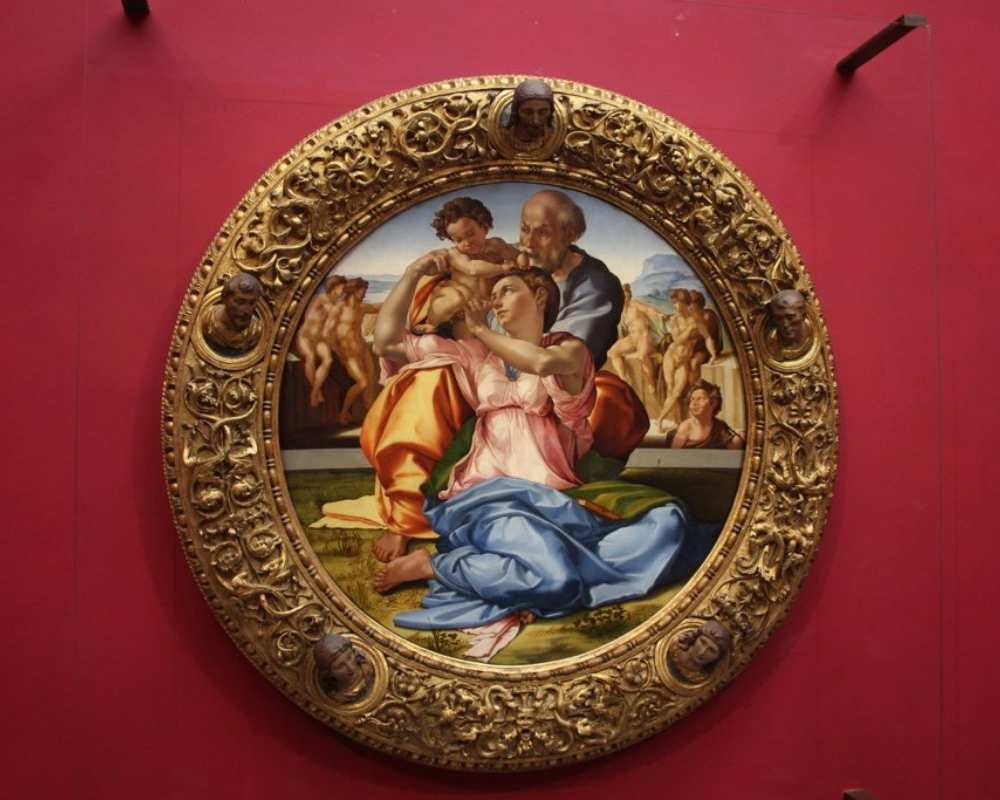
The only painting by Michelangelo Buonarroti that you can see in Florence: Tondo Doni, one of his earliest paintings. Made in 1504 for Agnolo Doni, on the occasion of his marriage to Maddalena Strozzi, it depicts the Holy Family with St. John the Baptist.
Medusa, Caravaggio
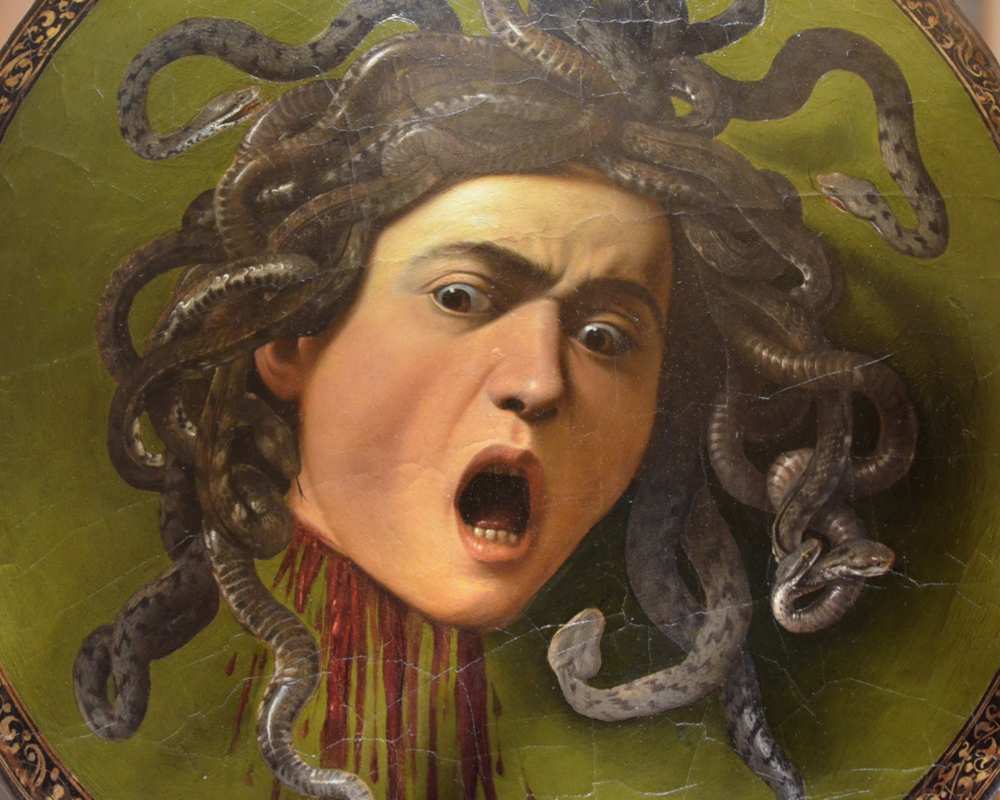
An entire room is dedicated to the Medusa, one of Caravaggio's most famous and powerful works. This dramatic oil painting on canvas, mounted on a wooden shield, was commissioned by Cardinal Francesco Del Monte as a gift to Grand Duke Ferdinando I; the theme of the Medusa, an allegory of prudence and wisdom, was in fact dear to the Medici family.
Two other works by Caravaggio are exhibited at the Uffizi: the Sacrificio di Isacco and Bacco, in which the details are painted with such skill as to seem real.
Duchi di Urbino Federico da Montefeltro e Battista Sforza, Piero della Francesca
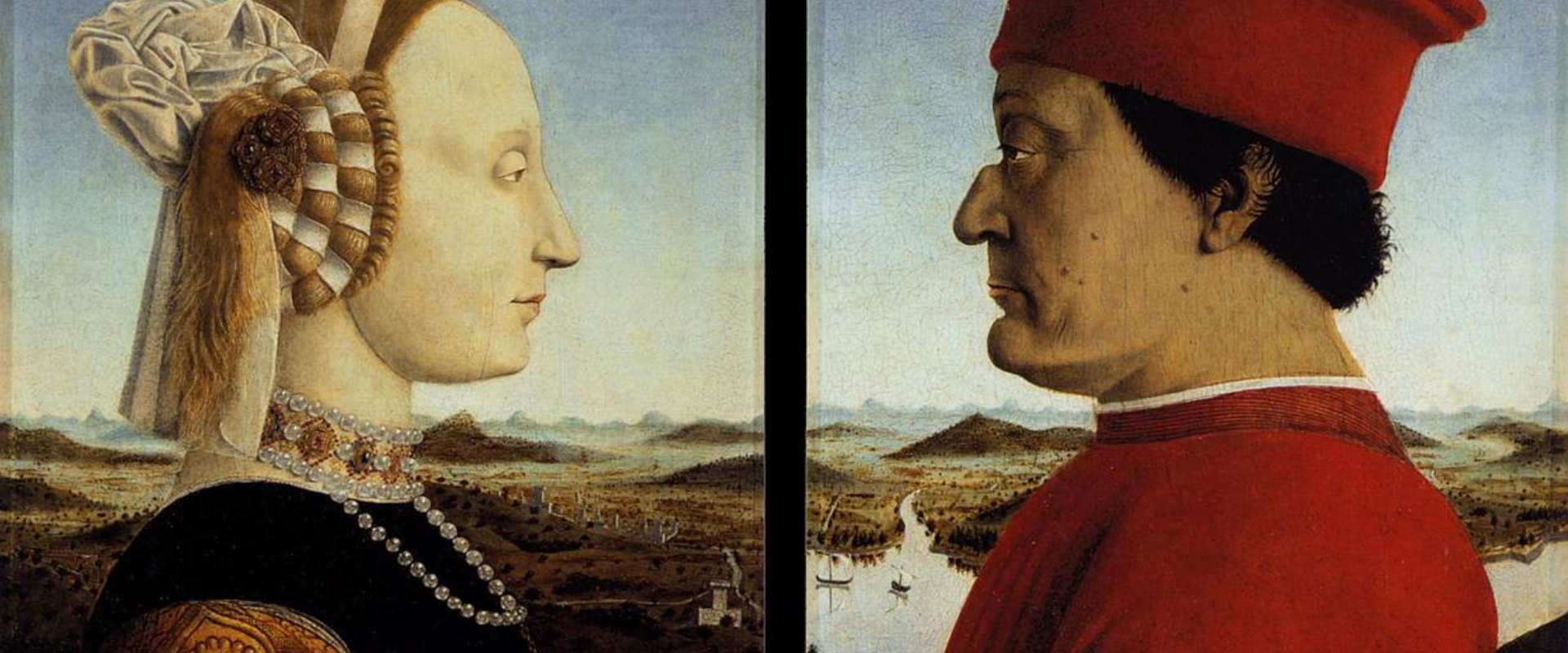
The Dukes of Urbino by Piero della Francesca is a famous double portrait of Federico da Montefeltro and his wife Battista Sforza, painted between 1465 and 1472. The work adheres to the typical Italian style of portraiture of the XV century, opposed to the Flemish style that depicted subjects in the three-quarters position. The two figures standout against a landscape background and the portraits are solemn, ceremonial and timeless. On the back of the canvas, the dukes are portrayed as they are carried in triumph on chariots.
Madonna del Cardellino, Raffaello Sanzio
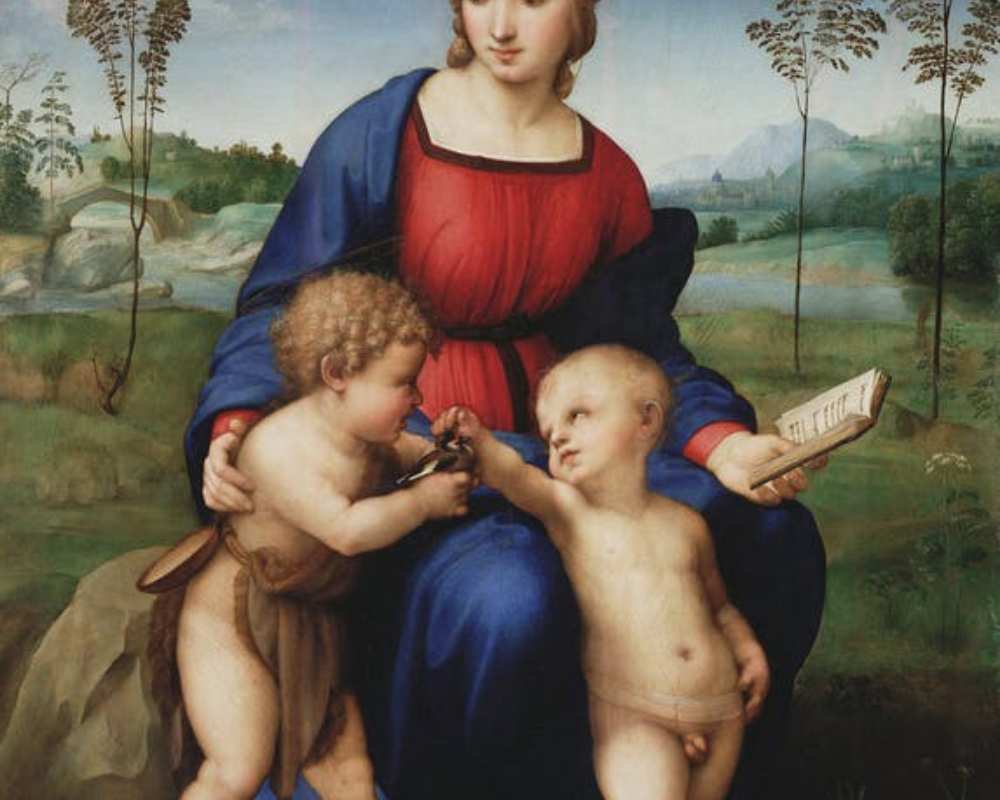
Madonna del Cardellino (Madonna of the Goldfinch) is a fundamental painting of the Italian Renaissance and one of the earliest works by the young Raphael, who painted it in 1506 during his stay in Florence, where he was deeply inspired by works of Leonardo da Vinci and Michelangelo. The subject is the Virgin Mary who, seated on a rock with a book in her hand, turns a tender gaze at the children in front of her, Jesus and a young John the Baptist, who holds a goldfinch, a symbol of passion.
The Uffizi Galleries house numerous other important works by Raffaello Sanzio.
Venere di Urbino, Tiziano
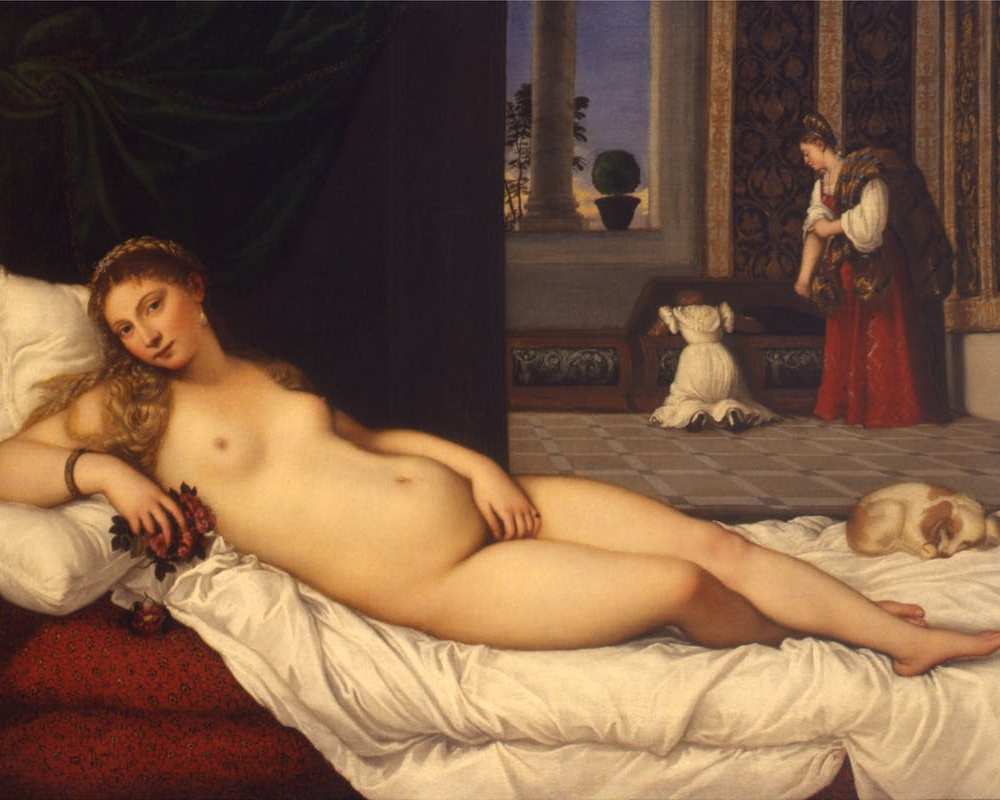
The Venus of Urbino is a sensual and intense painting by Tiziano, depicting a young bride about to be dressed to take part in the ritual known in Venice as “il toccamano”, a ceremony during which a young woman would touch the hand of the groom to express her consent to the marriage. The setting is an elegant room typical of a rich Venitian home of the XVI century.
The painting arrived in Florence in 1631, as part of the dowry of Vittoria della Rovere, wife of Ferdinando II de'Medici.
On a more curious note: the sleeping dog painted at the foot of the bed is the same one you can spot in The portrait of Eleonora Gonzaga, another work by Titian, displayed in the Uffizi.
Maestà di Ognissanti, Giotto
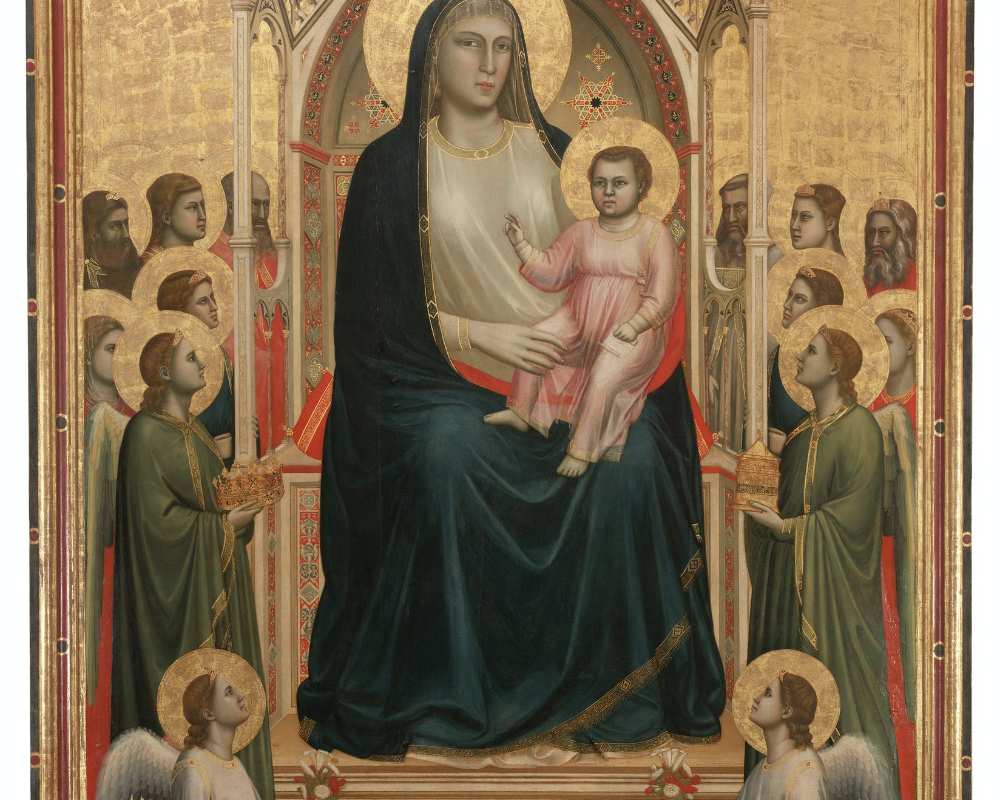
Giotto in considered to be a forerunner to the Renaissance. The Madonna col Bambino in trono, angeli e santi (Virgin and Child enthroned, surrounded by angels and saints) was made at the height of his artistic maturity and, for over a century, it was a model of inspiration for Florentine painters.
The work is also known as Maestà di Ognissanti: “Majesty” because, as other similar painting, represents Mary seated on a throne, like a queen; "Ognissanti" from the name of the church of Florence it was created for.
Angelo Musicante, Rosso Fiorentino
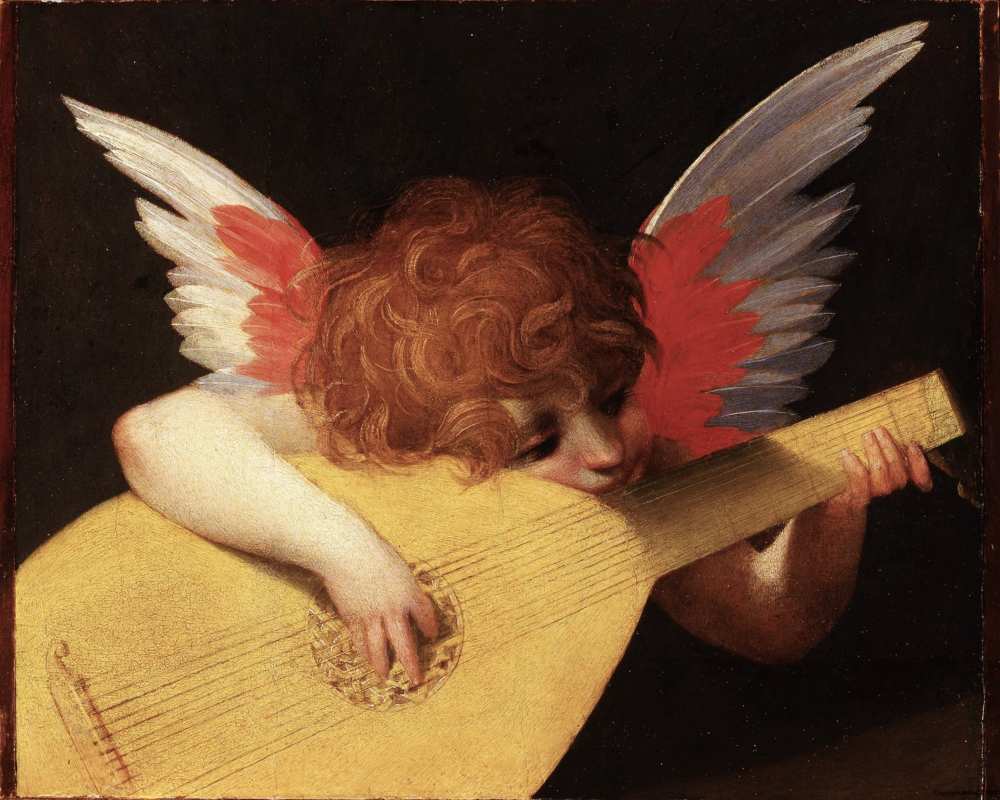
The image that you've probably already saw in postacards and posters everywhere, is actually a famous work by Rosso Fiorentino, a fragment of a lost altarpiece. The painting, featuring a child angel plucking the strings of a lute, is Rosso Fiorentino's original reinterpretation of a traditional theme.
Giuditta che decapita Oloferne, Artemisia Gentileschi
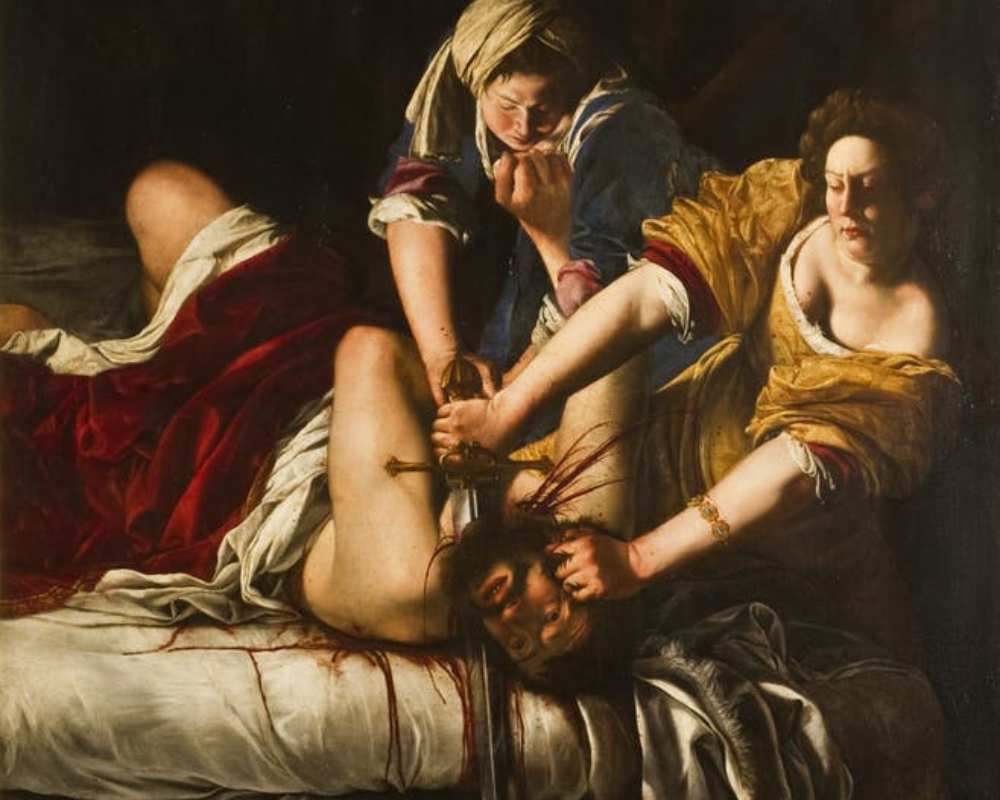
Judith Beheading Holofernes is a painting by Artemisia Gentileschi, the first woman to be admitted to the Accademia delle Arti del Disegno in Florence. The painting reflect the influence of Caravaggio's works on Artemisia and it's so powerful that for a long time it was actually denied the possibility of being diplayed in the Uffizi. This important work represents today the human and professional tale of a woman in an era dominated by men.



